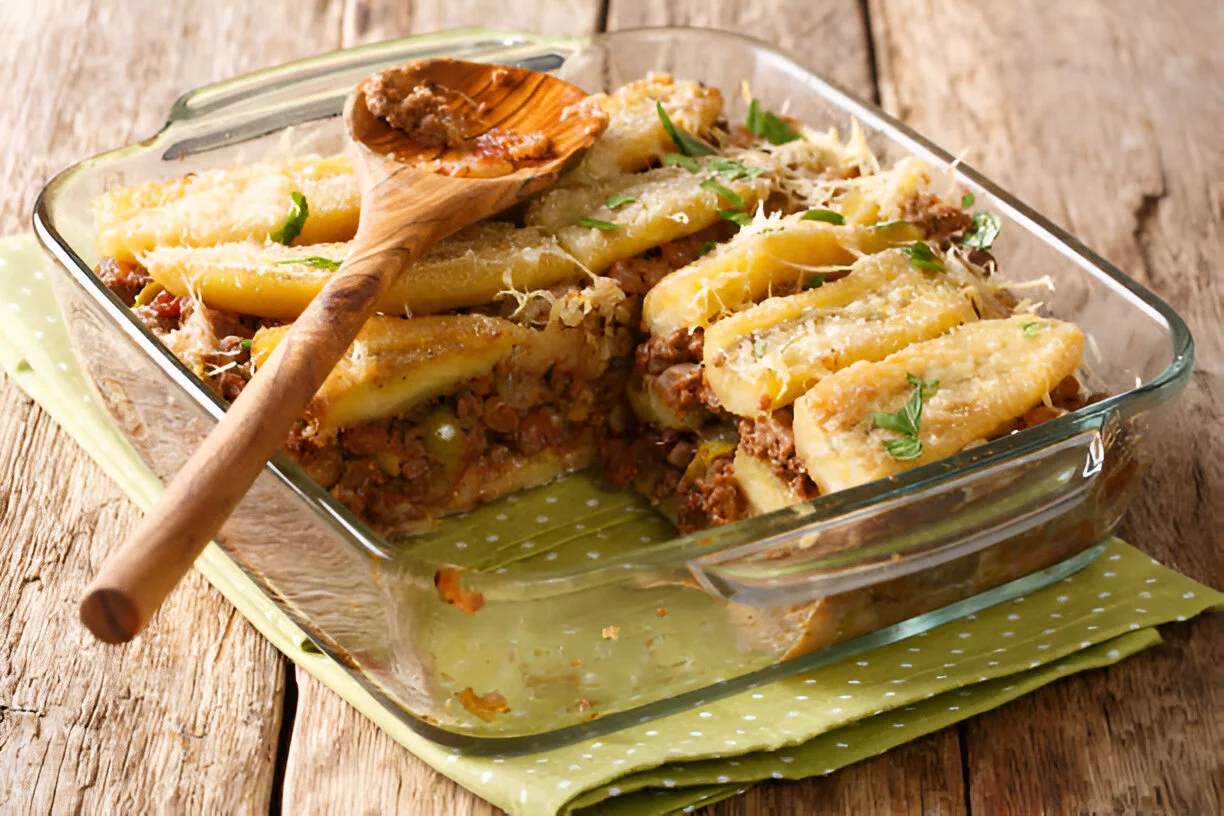Table of content:
Introduction
- Brief introduction to Puerto Rican cuisine and its cultural significance.
- Mention the diversity of flavors and ingredients commonly used in traditional dishes.
- Introduce the purpose of the blog post: to showcase 10 authentic recipes.
- What Makes Puerto Rican Cuisine Unique?
- Cultural influences: Discuss the blend of Taino, African, and Spanish influences.
- Key ingredients: Highlight staples like rice, beans, plantains, and seafood.
- Traditional cooking techniques: Mention methods such as frying, simmering, and the use of sofrito.
- 10 Must-Try Authentic Puerto Rican Recipes
- Recipe 1: Mofongo
- Description of the dish and its ingredients.
- Cooking method and serving suggestions.
- Recipe 2: Arroz con Gandules
- Explanation of the dish and its cultural significance.
- Key ingredients and cooking steps.
- Recipe 3: Pernil
- Overview of this traditional roasted pork dish.
- Seasonings and cooking time.
- Recipe 4: Tostones
- Description of the twice-fried green plantains.
- Tips for perfecting the texture.
- Recipe 5: Sancocho
- Overview of this hearty stew.
- Ingredients and variations.
- Recipe 6: Pastellón
- Explanation of the plantain lasagna.
- Cooking tips and serving ideas.
- Recipe 7: Flan
- Description of the creamy caramel dessert.
- Steps for making the perfect flan.
- Recipe 8: Bacalaitos
- Overview of the codfish fritters.
- Key ingredients and frying tips.
- Recipe 9: Asopao de Pollo
- Description of the chicken and rice stew.
- Cooking method and flavors.
- Recipe 10: Sofrito
- Explanation of this essential Puerto Rican cooking base.
- How to make and use it in recipes.
- Tips for Cooking Puerto Rican Recipes at Home
- Ingredient sourcing: Where to find authentic ingredients (e.g., Goya products).
- Cooking techniques: Suggestions for mastering traditional cooking methods.
- Dining experience: Tips for serving Puerto Rican meals family-style.
Conclusion
- Recap the joy of exploring Puerto Rican cuisine through these recipes.
- Encourage readers to try making these dishes and share their experiences.
- Invite readers to leave comments or share their favorite Puerto Rican recipes.
Introduction
Puerto Rican cuisine is a vibrant tapestry of flavors, colors, and traditions that reflect the rich cultural heritage of the island. Influenced by Taino, Spanish, and African roots, this culinary style boasts a diverse array of ingredients that come together to create mouthwatering dishes. From the savory aroma of sofrito to the crispy texture of tostones, each recipe tells a story of the island’s history and the people who inhabit it.
The beauty of Puerto Rican food lies in its ability to blend simple ingredients into complex and delightful flavors. Staples like rice, beans, plantains, and fresh seafood are often elevated by spices and herbs, creating meals that are both comforting and satisfying. Whether you’re enjoying a festive feast or a casual family dinner, the warmth and hospitality of Puerto Rican cuisine shine through.
In this blog post, we invite you to embark on a culinary journey to Puerto Rico as we showcase 10 authentic recipes that you absolutely need to try. Each recipe not only highlights the unique ingredients and techniques that define this cuisine but also brings a taste of the island into your kitchen. Get ready to explore the flavors of Puerto Rico and bring a slice of the Caribbean to your home!
What Makes Puerto Rican Cuisine Unique?
Puerto Rican cuisine is a delightful fusion of diverse cultural influences that shape its distinctive flavors and cooking styles. This rich tapestry of culinary traditions is woven from the contributions of various groups, including the Taino indigenous people, Spanish colonizers, and African enslaved individuals. Each culture has left its mark, resulting in a vibrant and unique gastronomic experience.
Cultural Influences
The Taino people, the island’s original inhabitants, introduced many native ingredients, such as cassava, sweet potatoes, and a variety of tropical fruits. Their cooking methods and agricultural practices laid the foundation for Puerto Rican cuisine. The arrival of the Spanish in the 15th century brought new ingredients like rice, garlic, and olive oil, which have become essential in many traditional dishes. Additionally, the influence of African culture is evident in the use of spices and cooking techniques, particularly in dishes that involve frying and stewing, adding depth and complexity to the flavors.
Key Ingredients
At the heart of Puerto Rican cooking are several key ingredients that define its character. Rice and beans serve as staples in many meals, often enjoyed together as a comforting side dish. Plantains, which can be prepared in various ways—as tostones (fried green plantains) or maduros (sweet ripe plantains)—are another essential component that adds sweetness and texture. Seafood is also prevalent, thanks to the island’s coastal location, with dishes featuring fresh fish, shrimp, and octopus frequently gracing dining tables.
Traditional Cooking Techniques
Puerto Rican cooking is characterized by its traditional methods that bring out the best in these ingredients. Frying is a popular technique used to create crispy textures, especially for dishes like tostones and empanadillas. Simmering is essential for stews and rice dishes, allowing flavors to meld and develop over time. One of the most important culinary foundations in Puerto Rican cuisine is sofrito, a flavorful blend of garlic, onion, peppers, and herbs that serves as a base for many recipes, infusing dishes with rich, aromatic flavors.
In summary, the uniqueness of Puerto Rican cuisine lies in its cultural influences, key ingredients, and traditional cooking techniques. This harmonious blend creates a delightful culinary experience that reflects the island’s history and heritage, inviting everyone to savor the flavors of Puerto Rico.
10 Must-Try Authentic Puerto Rican Recipes
Puerto Rican cuisine is brimming with delicious dishes that showcase its rich flavors and cultural heritage.
Here are 10 must-try recipes that will transport you to the heart of Puerto Rico with every bite!
Recipe 1: Mofongo
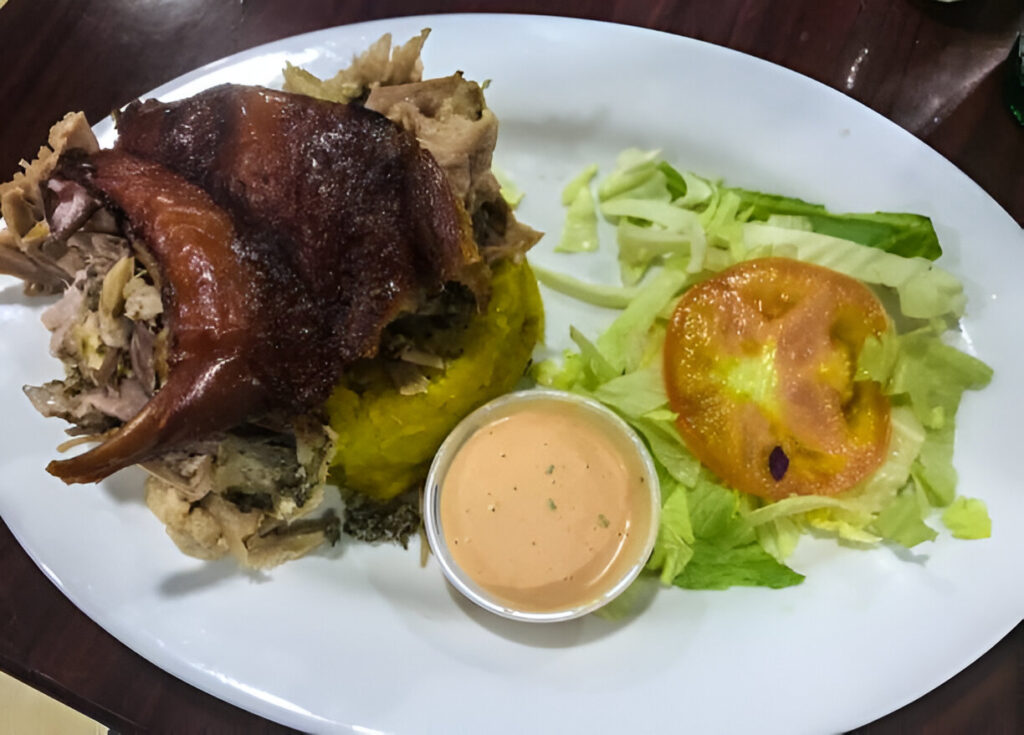
Description and Ingredients:
Mofongo is a beloved Puerto Rican dish made from green plantains that are fried, mashed, and mixed with garlic, olive oil, and chicharrones (crispy pork skin). It’s often served as a side dish or a main course, filled with shrimp, beef, or vegetables.
Cooking Method and Serving Suggestions:
To prepare mofongo, first, peel and slice the green plantains, then fry them until golden brown. Mash the fried plantains with garlic and chicharrones in a mortar and pestle, adding olive oil to achieve the desired consistency. Serve it in a bowl (or “mofongo cup”) topped with your choice of meat or broth.
Recipe 2: Arroz con Gandules

Explanation and Cultural Significance:
Arroz con gandules (rice with pigeon peas) is often considered the national dish of Puerto Rico. It is a staple at family gatherings and festive occasions, symbolizing unity and celebration.
Key Ingredients and Cooking Steps:
This dish features long-grain rice, pigeon peas, and a flavorful sofrito base. Begin by sautéing the sofrito with spices, add the rice and pigeon peas, and cook everything together with broth until the rice is tender and fluffy.
Recipe 3: Pernil
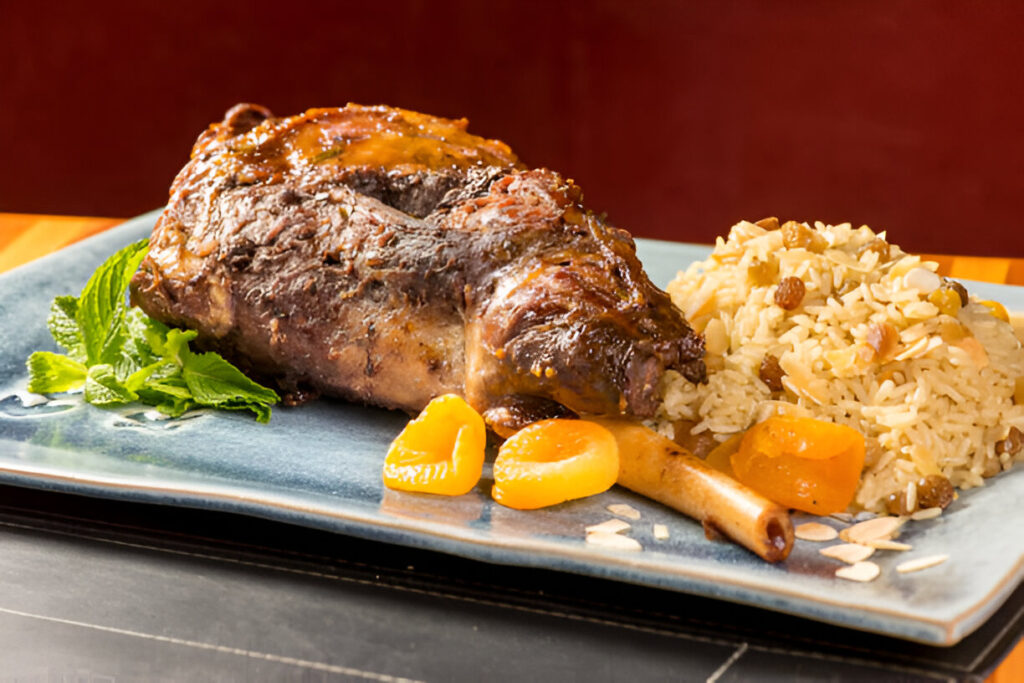
Overview:
Pernil is a traditional roasted pork shoulder, known for its crispy skin and succulent meat. It’s a favorite during holidays and special occasions.
Seasonings and Cooking Time:
To prepare pernil, marinate the pork shoulder with a mixture of garlic, oregano, cumin, and vinegar for at least 24 hours. Roast it in the oven at a low temperature for several hours until the skin is crispy and the meat is tender.
Recipe 4: Tostones
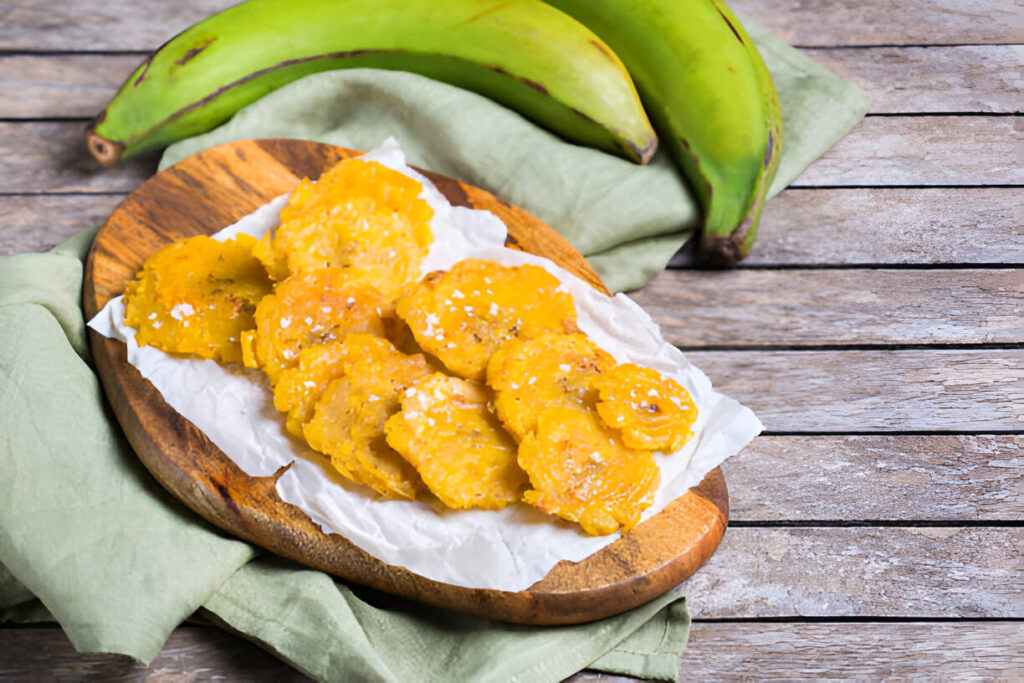
Description:
Tostones are twice-fried green plantains that are crispy on the outside and soft on the inside. They make a perfect snack or side dish.
Tips for Perfecting the Texture:
Slice green plantains into thick rounds, fry them until golden, then flatten them and fry again until crispy. For added flavor, season with salt and serve with garlic dipping sauce.
Recipe 5: Sancocho
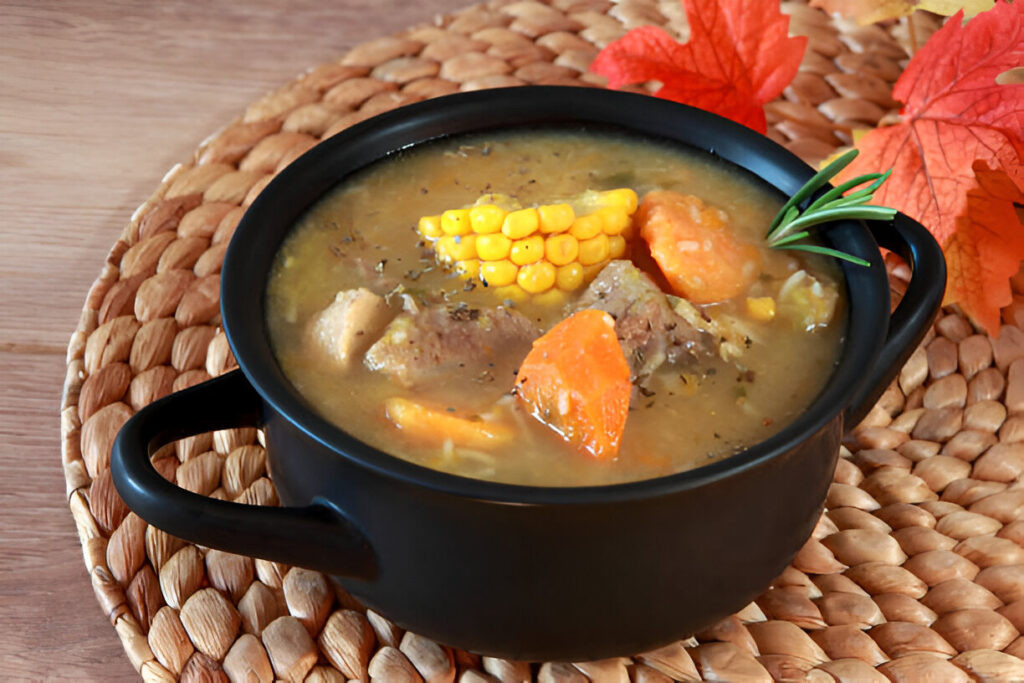
Overview:
Sancocho is a hearty stew made with a variety of meats and root vegetables, perfect for family gatherings on cold days.
Ingredients and Variations:
Common ingredients include beef, chicken, yuca, potatoes, and corn. The cooking method involves simmering the meat and vegetables together with spices until everything is tender. Variations can include different meats or vegetables based on personal preference.
Recipe 6: Pastellón
Explanation:
Pastellón is a Puerto Rican “plantain lasagna” made with layers of sweet ripe plantains, ground meat, and cheese.
Cooking Tips and Serving Ideas:
To make pastellón, slice ripe plantains and layer them with seasoned ground beef and cheese in a baking dish. Bake until golden and bubbly, then slice and serve warm.
Recipe 7: Flan
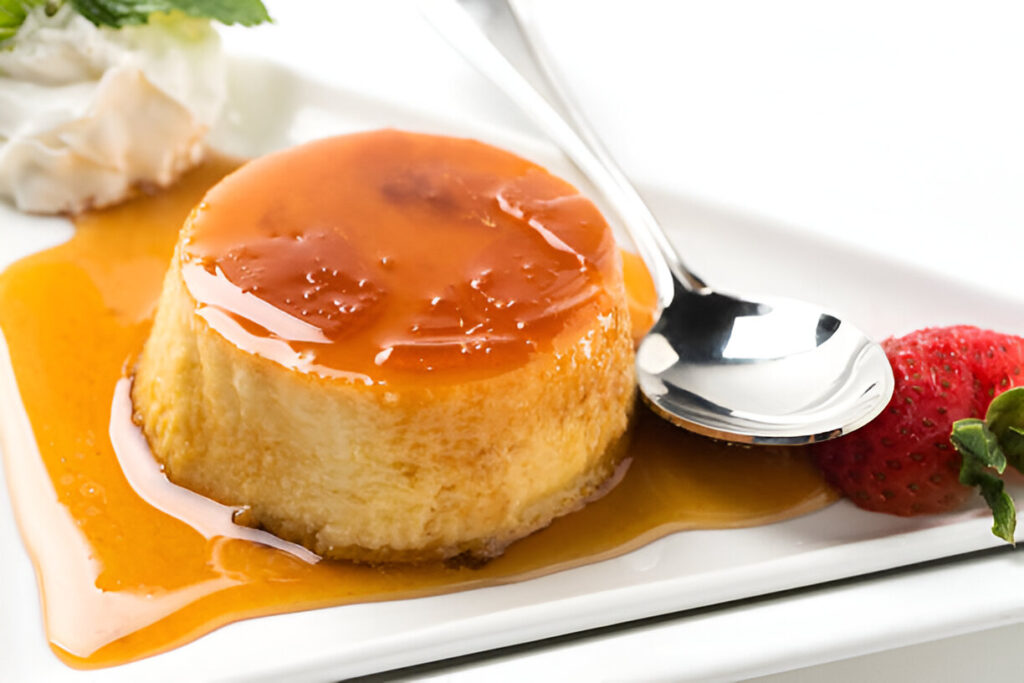
Description:
Flan is a creamy caramel custard dessert that is a staple in Puerto Rican households.
Steps for Making the Perfect Flan:
To prepare flan, create a caramel sauce by melting sugar, pour it into a flan mold, and combine eggs, sweetened condensed milk, and vanilla. Bake in a water bath until set, then chill before serving.
Recipe 8: Bacalaitos
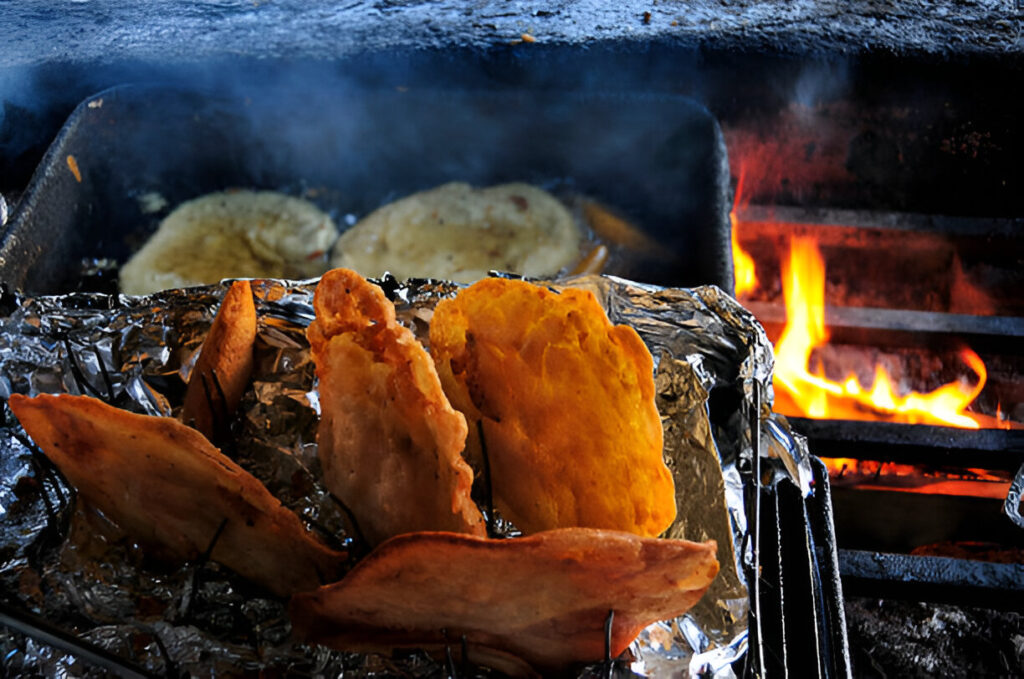
Overview:
Bacalaitos are crispy codfish fritters that are a popular street food in Puerto Rico.Key Ingredients and Frying Tips:
Made from salted cod, flour, and spices, the batter is dropped by spoonfuls into hot oil and fried until golden. Ensure the oil is hot enough to achieve a crispy exterior while keeping the inside tender.
Recipe 9: Asopao de Pollo
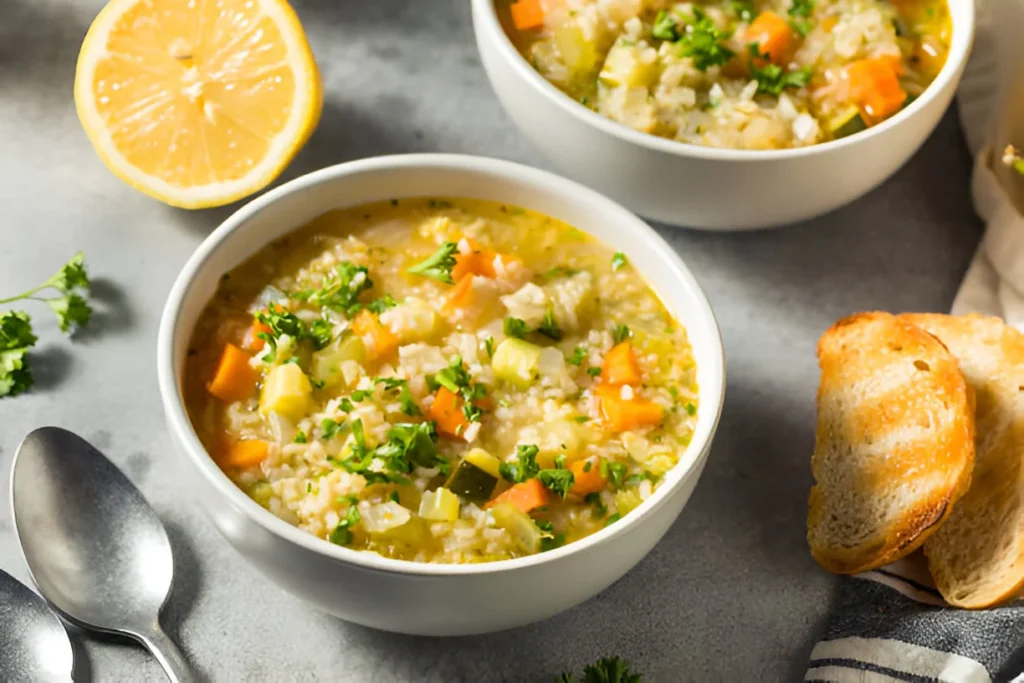
Description:
Asopao de pollo is a comforting chicken and rice stew that is perfect for any occasion.
Cooking Method and Flavors:
Begin by sautéing chicken with sofrito and spices, then add rice and broth, simmering until the rice absorbs the flavors and becomes tender. Serve hot, garnished with cilantro or lime.
Recipe 10: Sofrito
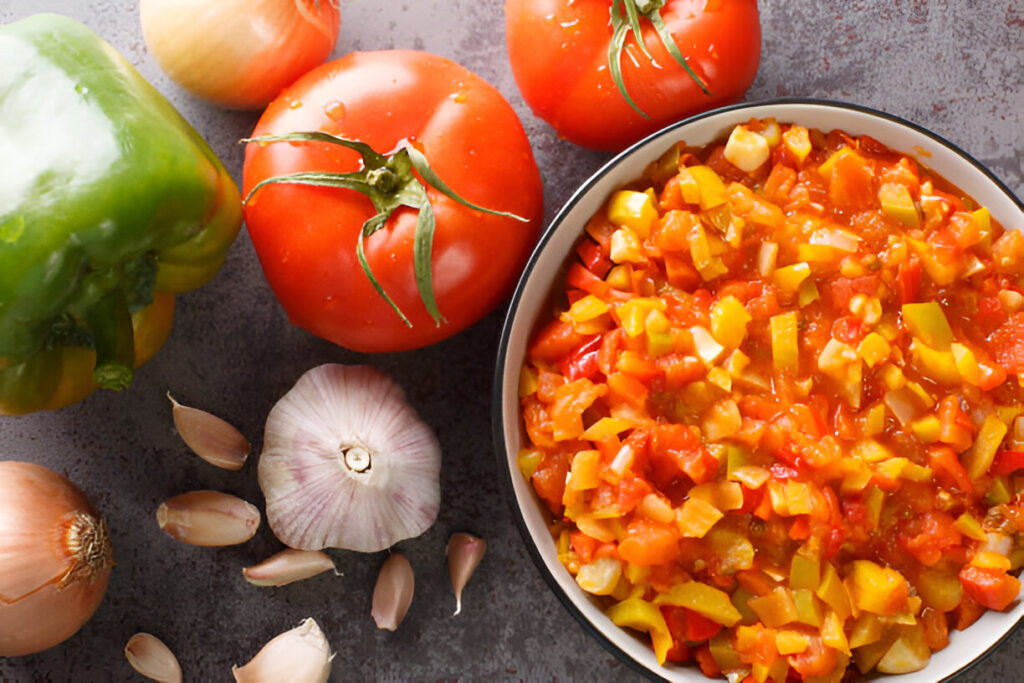
Explanation:
Sofrito is an essential cooking base in Puerto Rican cuisine, made from a blend of garlic, onions, peppers, and herbs.
How to Make and Use It in Recipes:
To prepare sofrito, blend together garlic, onions, bell peppers, and cilantro. Use it as a base for soups, stews, and rice dishes to infuse rich flavor into your meals
Tips for Cooking Puerto Rican Recipes at Home
Cooking authentic Puerto Rican dishes at home can be a delightful experience that brings the vibrant flavors of the island to your kitchen. Here are some essential tips to help you master these recipes and create a memorable dining experience.
Ingredient Sourcing
Where to Find Authentic Ingredients:
To achieve the true flavors of Puerto Rican cuisine, sourcing authentic ingredients is crucial. Look for brands like Goya, which offers a wide range of products such as adobo seasoning, sofrito, and canned beans that are staples in many Puerto Rican recipes. Local Latin markets or grocery stores often carry fresh plantains, yuca, and other essential ingredients. If you’re unable to find specific items, consider online retailers that specialize in Caribbean foods.
Cooking Techniques
Suggestions for Mastering Traditional Cooking Methods:
Understanding traditional cooking techniques is key to replicating authentic Puerto Rican dishes. Techniques such as frying, simmering, and marinating are commonly used. For example, when making mofongo, frying the plantains twice ensures they are crispy on the outside and soft on the inside. Additionally, mastering the art of making sofrito—a flavorful base made from garlic, onions, and peppers—will elevate your dishes significantly. Practice these methods to gain confidence and improve your cooking skills.
Dining Experience
Tips for Serving Puerto Rican Meals Family-Style:
Puerto Rican meals are often enjoyed in a communal setting, so consider serving your dishes family-style. Use large platters for rice, meats, and sides, allowing everyone to help themselves. This not only creates a warm and inviting atmosphere but also encourages sharing and conversation. Don’t forget to include traditional accompaniments like tostones or a fresh salad to complement your main dishes. Setting the table with colorful decorations and music can further enhance the dining experience, making it feel like a true celebration of Puerto Rican culture.
Conclusion
Exploring Puerto Rican cuisine is not just about cooking—it’s a joyful journey through a rich tapestry of flavors, traditions, and cultural influences. The recipes showcased in this post offer a glimpse into the vibrant culinary heritage of Puerto Rico, inviting you to experience the warmth and creativity that each dish embodies.
I encourage you to try making these authentic recipes at home. Whether you’re preparing a comforting bowl of sancocho or indulging in the sweet delight of flan, each dish is a celebration of the island’s unique flavors. Don’t hesitate to share your cooking experiences, adjustments, or any personal touches you add to these recipes!
I’d love to hear from you! Please leave a comment sharing your thoughts, or let me know about your favorite Puerto Rican recipes. Let’s keep the conversation going and continue to celebrate the deliciousness of Puerto Rican cuisine together!
You maybe like: Red Rice Recipe for Beginners
